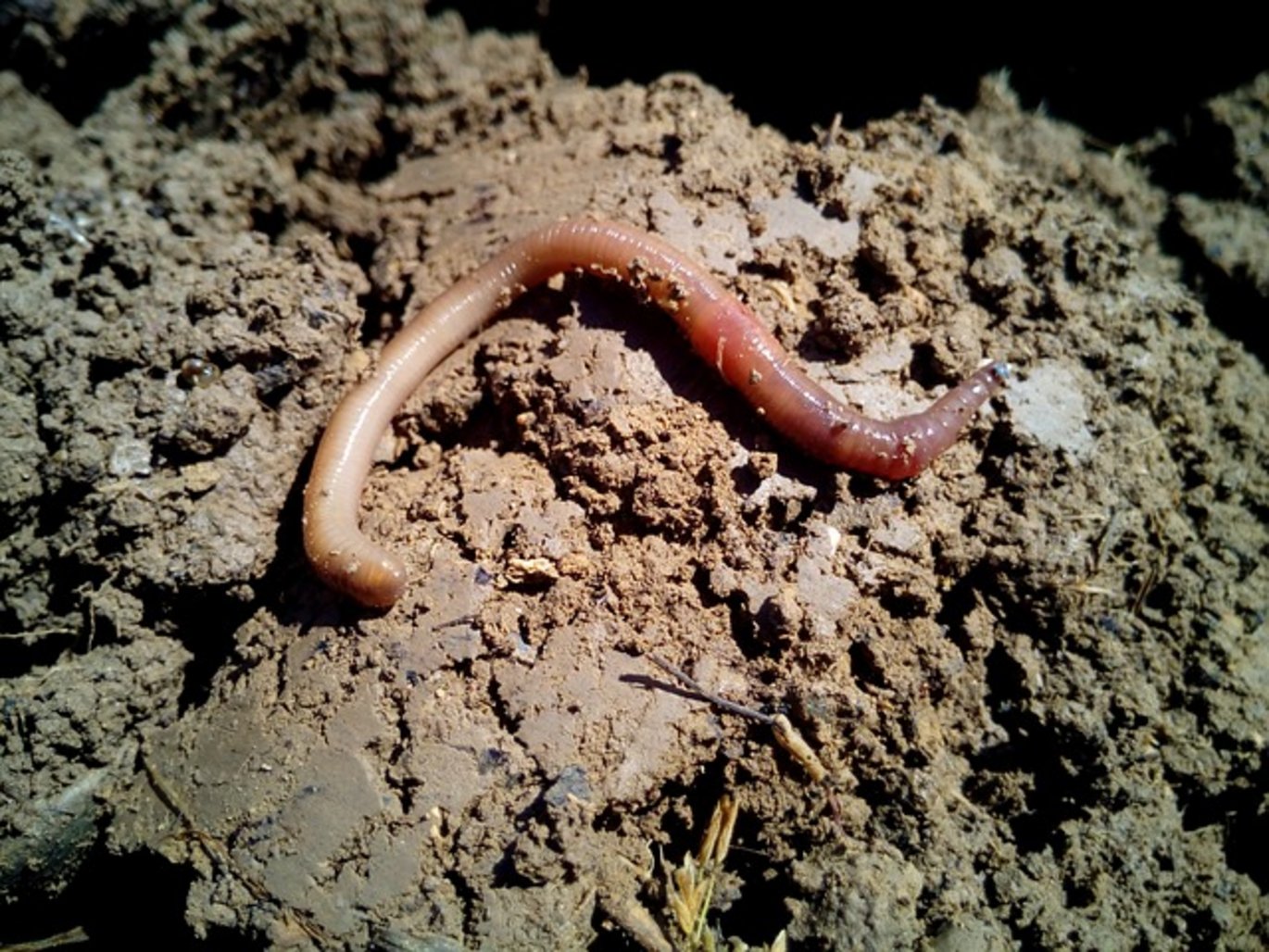The life of earthworms - new Emerging Investigator project
Tenure Track assistant professor Quentin Geissmann from Center for Quantitative Genetics and Genomics (QGG) has received a 5-year Emerging Investigator grant from the Novo Nordisk Foundation. The unprecedented project aims at uncovering the life of earthworms and their pivotal role in soil improvement.

We see them above ground when it rains. When it does not rain, we only see the earthworms when we dig a hole in the ground. In primary school, we learn that the earthworms help improving soil by eating dead plant material and transform it into compost. But no one ever really studied the modest animals, mainly because they live underground.
Modern agriculture is highly efficient, and the impact on the environment and the soil is significant. To avoid depletion of the soil and preserve fertile lands, it is necessary to transition to a more circular and gentle way of cultivating the lands. Among the decomposers specialized in recycling organic matter are: Earthworms!
However, according to Quentin Geissmann, we just do not know enough about earthworms to understand precisely how they can help this transition.
-‘We know earthworms are good, but we don’t have high resolution data on worm activity,’ he says. ‘If you want to understand what happens to earthworms when you harvest or plant, the subtle ways they change their behaviours, we need data at a higher frequency. We need to know what they are doing, but also when and where.’
‘Most of the methods available so far have been essentially digging the soil – you go around with a shovel, you dig and then you count. I think we can switch gear, and try to develop methods that not only give us more data, but a more comprehensive picture.’
The project’s approach to draw a fuller picture of the life of earthworms is divided into three steps: First step will be to develop reference datasets and training datasets from Danish and European collaborators, as well as machine learning tools and cameras for identifying different species of earthworms.
Then the greenhouse work starts. In boxes of red plexiglass, earthworms will be monitored to see how they behave underground and around plant roots. Do they prefer certain plants? Do plants ‘cry out’ for help to earthworms, when they have a root disease? The ‘in-house’ studies will pave the way for the last step – ‘in-field’ studies, where the data will be quantified. In all three phases, artificial intelligence will be part of the data collection, including cameras, underground microphones and sensing boards.
Quentin Geissmann hopes that the project’s outcome will be a stepping stone towards a more sustainable management of the agricultural industry’s handling of the soil, thereby preserving not only humanity’s food security, but also the insignificant, but crucial, underground animal.
--
Quentin Geissmann’s project Novel deep learning and remote sensing to reveal the uncharted biology of earthworms: cryptic, but pivotal, actors of agroecological circularity has been granted DKK 9,477,383 from the Novo Nordisk Foundation. The project runs five years, from 2024-2028.
This article is partially based on an interview with Quentin Geissmann by the Novo Nordisk Foundation. Read the full interview here.
Contact: Tenure Track assistant professor Quentin Geissmann - qgeissmann@qgg.au.dk
